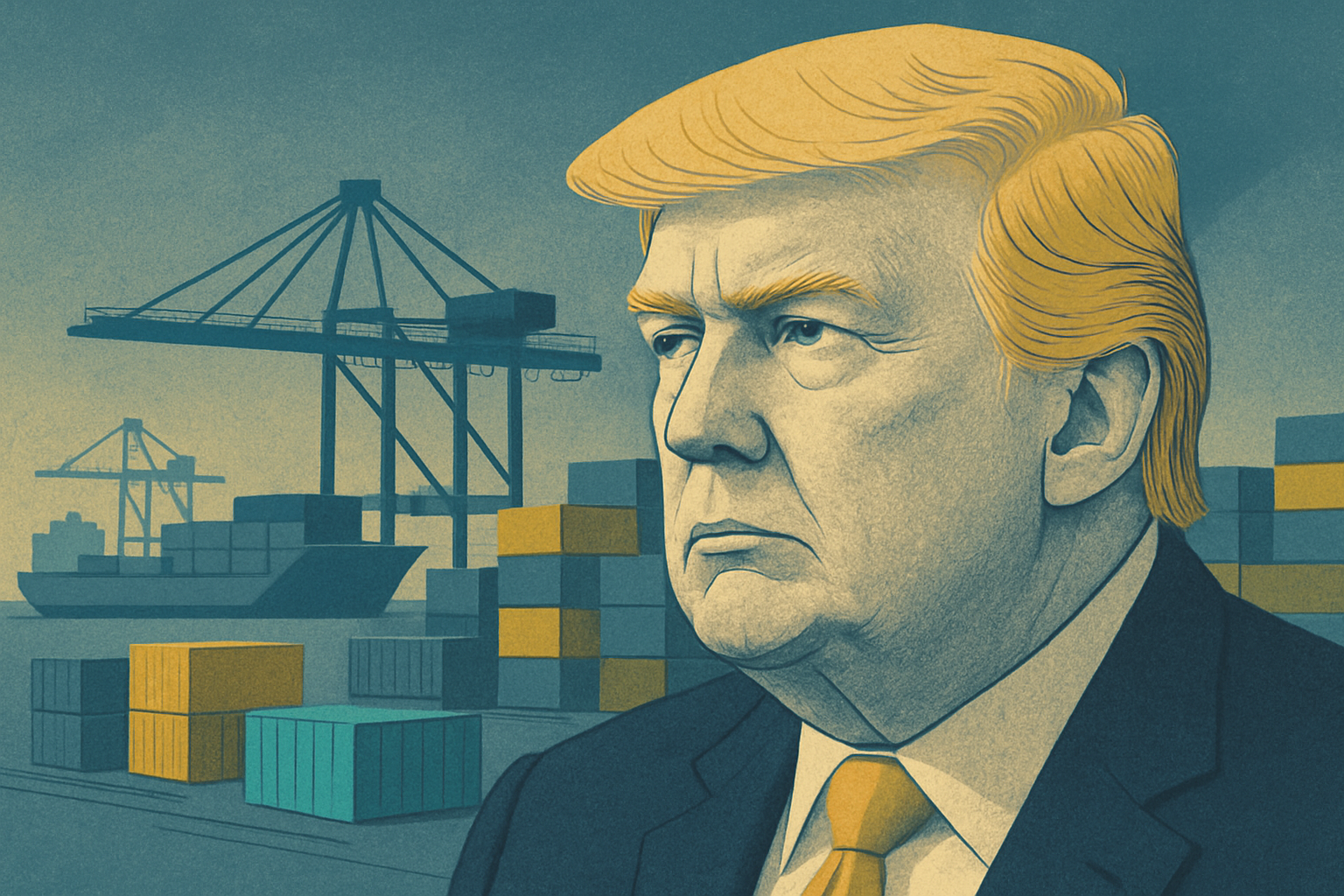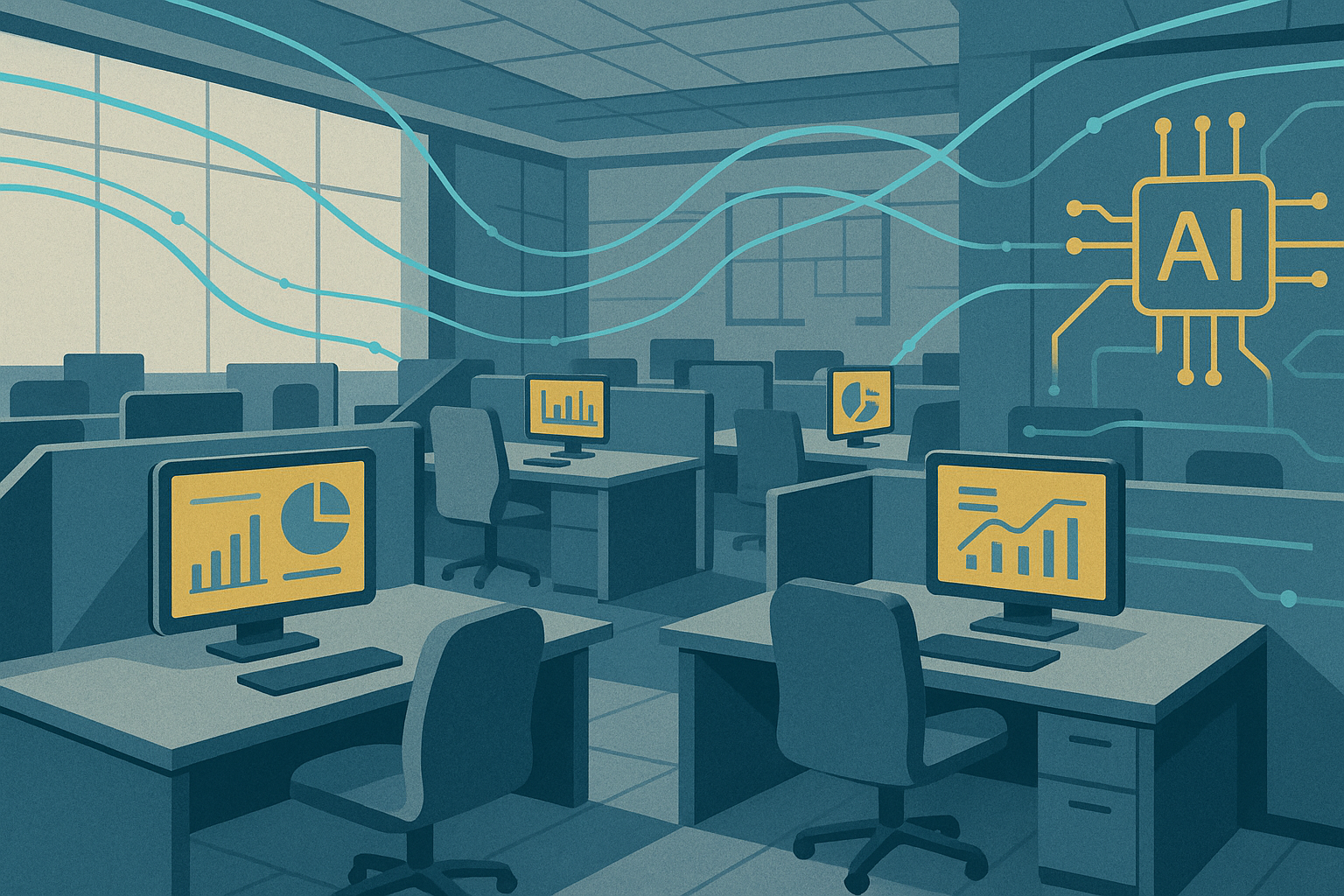U.S. manufacturing activity showed only marginal improvement in September, as tariffs and subdued demand kept the industry in contraction.
The Institute for Supply Management (ISM) said its manufacturing PMI rose to 49.1, up from 48.7 in August but still below the 50 threshold that separates growth from decline. It marked the seventh consecutive month of contraction.
The production index was the main source of strength, rising to 51.0 from 47.8. However, new orders slipped back into contraction at 48.9, while the employment index climbed slightly to 45.3 from 43.8 but remained well below neutral. Export demand was particularly weak, with the new export orders index falling sharply to 43.0.
Timothy Fiore, chair of ISM’s Manufacturing Business Survey Committee, said respondents continued to cite trade policy as a drag. One noted that “steel tariffs are killing us,” underscoring the burden of higher input costs and extended supply delays.
At the same time, U.S. hiring momentum weakened. The ADP National Employment Report showed private payrolls fell by 32,000 in September, the largest monthly drop in more than two years. August’s initially reported gain of 54,000 was revised to a small loss. Analysts had expected an increase of around 50,000 jobs.
The weakness has heightened scrutiny of private measures, as the U.S. government shutdown has postponed the release of official Bureau of Labor Statistics data. Economists warned the data gap could complicate assessment of the labour market and add uncertainty to policy decisions.
Tariffs remain a central concern for businesses. Since the spring, wide-ranging duties on steel, aluminium, autos, and other sectors have lifted input costs and slowed supplier deliveries. Government figures show tariff collections totalled more than $62 billion in August and September combined, with annual receipts already exceeding $214 billion.
While overall U.S. growth remains intact, the divergence between manufacturing and services raises questions about the resilience of investment and export-led industries. The Federal Reserve, which meets later this month, will weigh signs of labour weakness alongside inflation data when setting policy. Some economists suggest softening employment could strengthen the case for a rate cut.
Manufacturers are watching demand closely. A rebound in new orders would provide a firmer signal of recovery, but September’s decline suggests appetite for goods remains muted. With global demand uncertain and tariffs still in force, executives appear reluctant to expand capacity or add staff.




